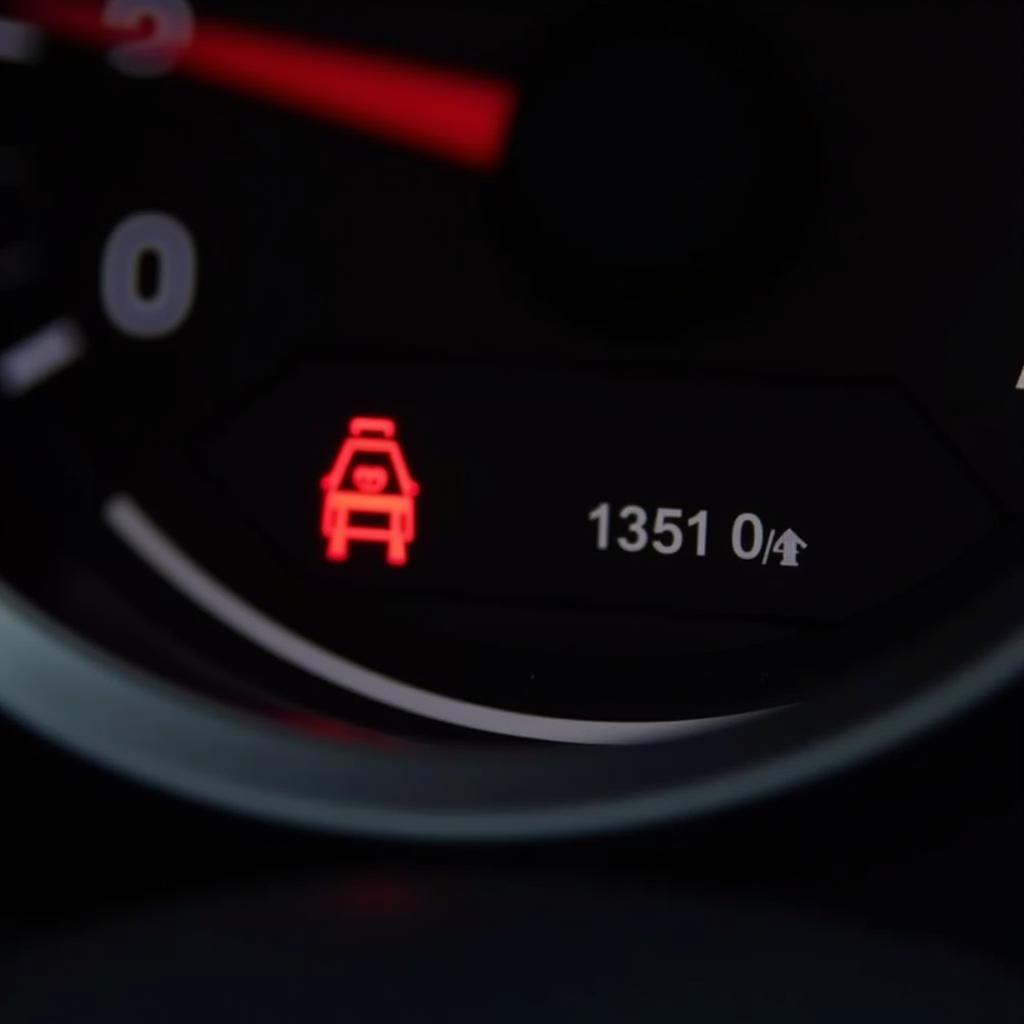A malfunctioning anti-theft system can be a major headache for Ford owners. Instead of protecting your vehicle, it can leave you stranded! This guide dives into the common causes of Ford anti-theft system issues, how to diagnose them, and the steps you can take to get back on the road.
Understanding Your Ford Anti-theft System
Ford’s anti-theft system, also known as the Passive Anti-Theft System (PATS), uses a transponder chip embedded in your key. This chip communicates with your vehicle’s immobilizer system. When you turn the key, the immobilizer verifies the chip’s code. If it’s a match, your engine starts. If not, the system engages, preventing the engine from starting.
Common Causes of Ford Anti-theft System Issues
Several issues can trigger problems with your Ford anti-theft system:
- Weak Key Fob Battery: A weak or dead key fob battery is one of the most common culprits.
- Faulty Key Fob: The transponder chip in your key fob can become damaged or malfunction, preventing it from communicating with your vehicle.
- Ignition Cylinder Issues: A worn or damaged ignition cylinder can disrupt the signal transmission between the key and the immobilizer.
- Wiring Problems: Damaged or corroded wiring related to the anti-theft system can disrupt communication pathways.
- Malfunctioning Immobilizer System: In rare cases, the vehicle’s immobilizer control module itself can fail.
Diagnosing the Problem
Symptoms of a Ford Anti-theft System Problem:
- Engine cranks but won’t start.
- The anti-theft indicator light (a flashing car icon or the word “THEFT”) stays illuminated or blinks rapidly.
- You experience intermittent starting issues.
Troubleshooting Tips:
- Try a Spare Key: If you have a spare key, see if it starts the vehicle. This can help determine if the issue lies with your primary key.
- Check Your Key Fob Battery: Replace the battery in your key fob, even if it seems to be working for other functions (like locking and unlocking the doors).
- Inspect the Ignition Cylinder: Look for any visible damage or obstructions within the ignition cylinder.
How to Fix Your Ford Anti-theft System
1. Basic Troubleshooting:
- Key Fob Battery Replacement: This is the easiest fix! Consult your owner’s manual for the correct battery type and replacement procedure.
- Key Fob Reprogramming: If your key fob battery is fine but the issue persists, you might need to reprogram it. Instructions can often be found in your owner’s manual or online. Some vehicles might require a professional diagnostic tool for reprogramming.
2. Advanced Solutions:
For issues beyond a dead key fob battery, you might need more advanced solutions:
- Diagnostic Scanning: Using a professional-grade OBD-II scanner, like those offered by Cardiagtech, can help pinpoint the exact cause of the problem by reading error codes stored in your vehicle’s computer. This is essential for diagnosing more complex issues like faulty ignition cylinders, wiring problems, or immobilizer system malfunctions.
- Component Replacement: Depending on the diagnosis, you might need to replace specific components such as the ignition cylinder, key fobs, or even parts of the immobilizer system. This is best handled by a qualified mechanic, especially considering the complexity of the anti-theft system.
3. When to Seek Professional Help
While some anti-theft system problems can be resolved with basic troubleshooting, it’s often best to consult a qualified automotive electrician or mechanic, especially if:
- The problem persists after trying basic solutions.
- You are uncomfortable working with electrical systems.
- You suspect a serious issue with the immobilizer system or wiring.
Frequently Asked Questions
Q: Can I bypass the Ford anti-theft system?
A: While bypassing the system might seem tempting, it is highly discouraged. Tampering with the anti-theft system can create more significant problems and compromise your vehicle’s security.
Q: How much does it cost to fix a Ford anti-theft system problem?
A: The cost of repair varies greatly depending on the specific issue. A simple key fob battery replacement can be inexpensive, while a faulty immobilizer module replacement can be considerably more costly.
Q: “My Ford says immobilizer fault, what does this mean?”
A: An “immobilizer fault” message usually indicates a problem with the system that prevents your engine from starting. This could be due to a faulty key, a problem with the immobilizer system itself, or an issue with the communication between the two. Diagnostic scanning is often needed to pinpoint the exact cause.
Q: Can I use any diagnostic scanner to read my Ford’s anti-theft system codes?
A: While basic OBD-II scanners can read engine codes, you’ll likely need a more advanced scanner specifically designed to communicate with your Ford’s anti-theft system.
Conclusion
Dealing with a faulty anti-theft system can be frustrating. By understanding the common causes and following the troubleshooting steps outlined in this guide, you’ll be well-equipped to address many common problems. However, don’t hesitate to contact a qualified automotive professional for assistance if you encounter persistent issues. Remember, a properly functioning anti-theft system is crucial for your vehicle’s security!
For expert advice and support on diagnosing and resolving Ford anti-theft system issues, contact CARDIAGTECH. Our team of automotive specialists and range of diagnostic tools are here to help you get back on the road safely.

